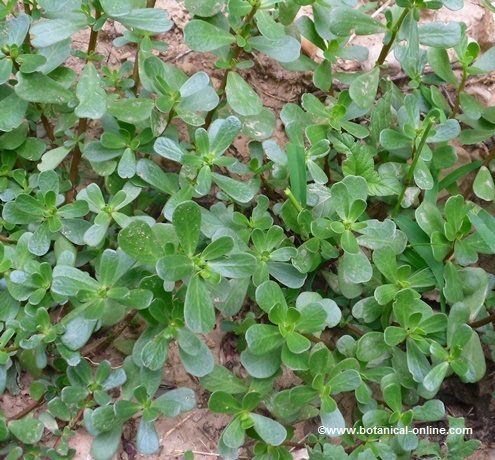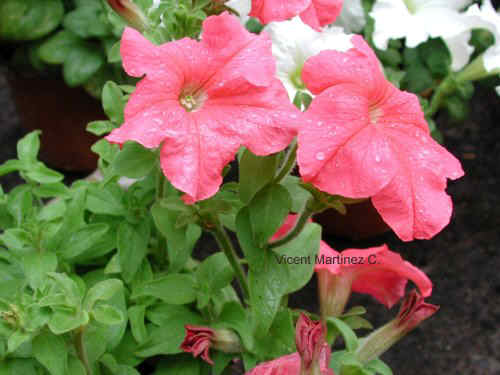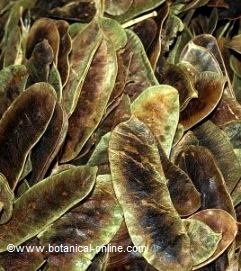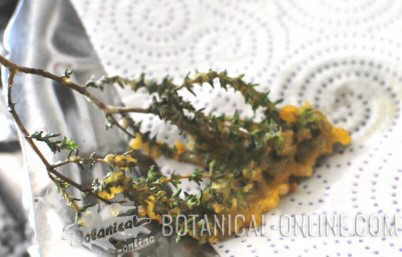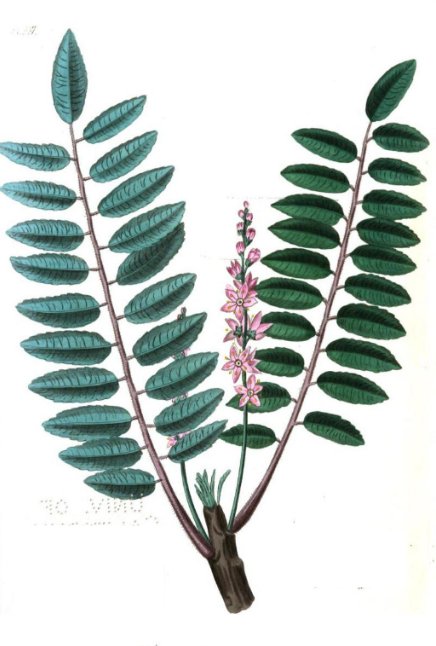Contents
- 1 Chamaemelum nobile toxicity
- 1.1 Dangers of Roman chamomile
- 1.2 Is chamomile or Roman chamomile safe for health?
- 1.3 Classification of Roman chamomile or chamomile
- 1.4 What components does it have?
- 1.5 What possible dangers and adverse effects does chamomile have?
- 1.6 Allergic reactions
- 1.7 Vomiting and digestive disorders
- 1.8 Drug interactions
- 1.9 Special precautions with the essential oil
Chamaemelum nobile toxicity
Dangers of Roman chamomile
Is chamomile or Roman chamomile safe for health?
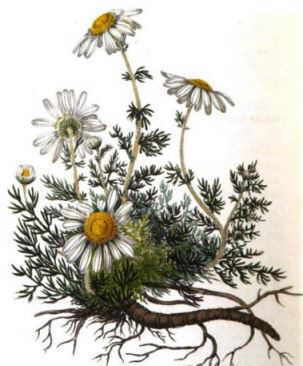
Chamomile or Roman chamomile is a safe and effective remedy, with a long history in herbal medicine.
Classification of Roman chamomile or chamomile
Chamomile has been approved by the United States FDA as a safe food, and included in the GRAS (generally recognized as safe) lists.
What components does it have?
- Essential oil (0.4 – 2%): Esters of angelic and tiglic acid (85%), alpha-bisabolol, cineole, chamazulene, farnesol, borneol, matricin, sesqui lactones.
- Nobilin
- Anthemic acid
- Coumarins
What possible dangers and adverse effects does chamomile have?
Most people can use this medicinal plant for infusions without having problems. However, certain people may be sensitive to some of its components and may have the following adverse effects:
Allergic reactions
Like other plants of the Compositae family, chamomile has a high allergenic potential because it contains sesquiterpene lactones in the essential oil of the plant. Nobilin can be a skin sensitizer and may cause dermatitis. Due to these components, the essential oil is totally contraindicated in children under 5 years of age, as it can trigger allergy symptoms in their immature immune system. The plant should not be taken when there is an allergy to pollen, daisies, chamomile, chrysanthemums or other plants of the Compositae family.
Vomiting and digestive disorders
Chamomile has anthemic acid, a bitter principle that in high doses can be emetic. People taking this plant should be cautious with the dosage. It is not recommended for people who experience nausea, such as pregnant women or people undergoing chemotherapy.
In high doses or taken for a prolonged period of time, chamomile can irritate the digestive tract and cause gastritis, heartburn and diarrhea.
Drug interactions
Chamomile can increase the effect of sedatives and anxiolytics due to its calming action. It can also interfere with the effect of anticoagulants. These medications should not be mixed with chamomile.
Special precautions with the essential oil
It is highly allergenic because it has highly concentrated plant components and active ingredients. It should not be administered to children, pregnant women or during breastfeeding.
![]() More information on Roman chamomile
More information on Roman chamomile


